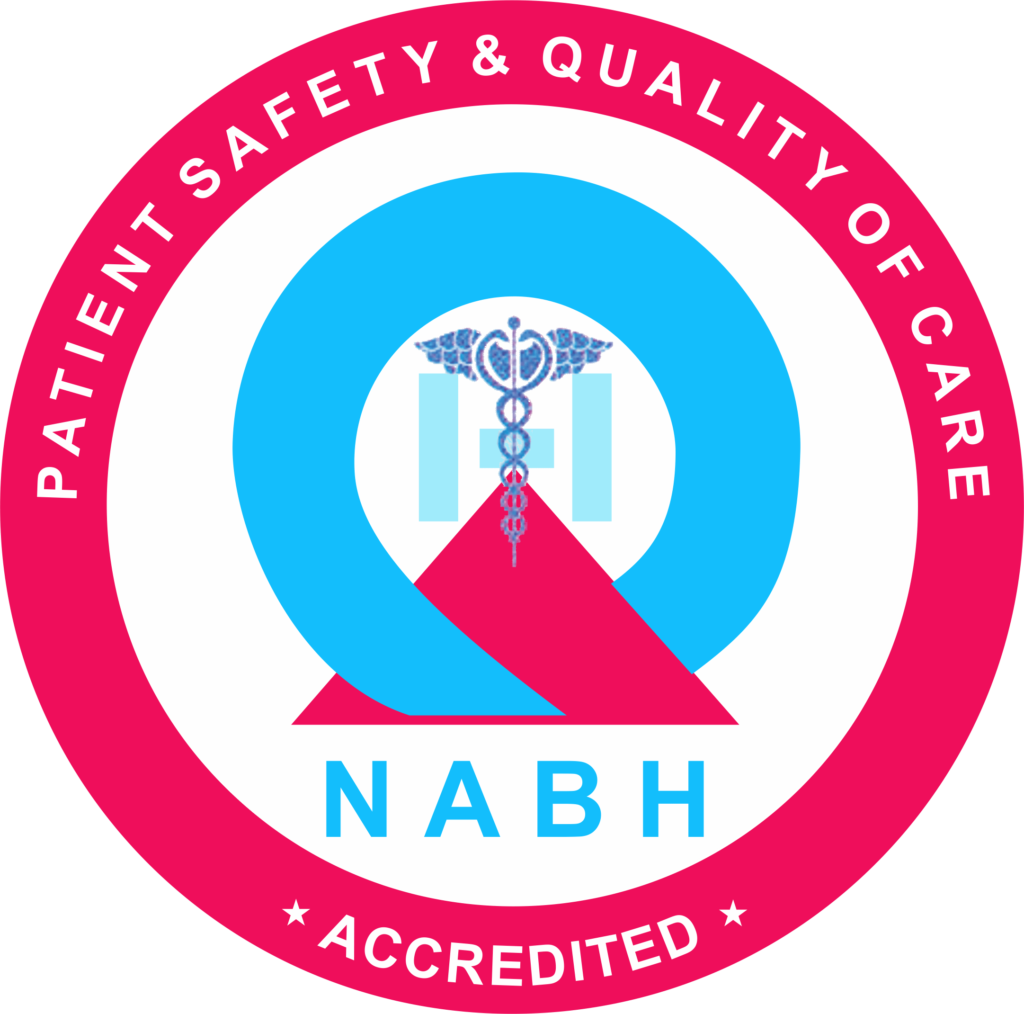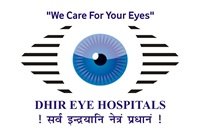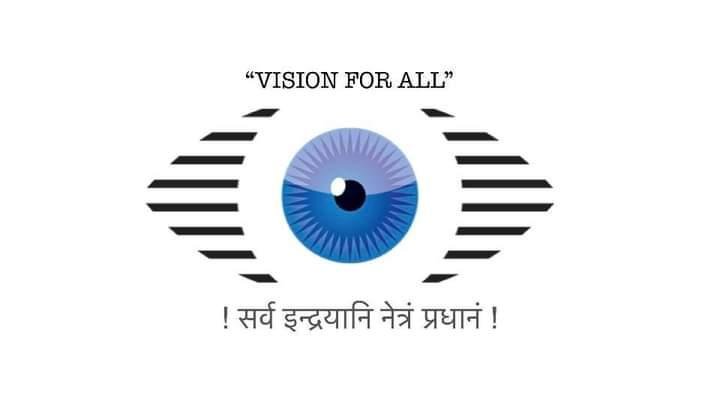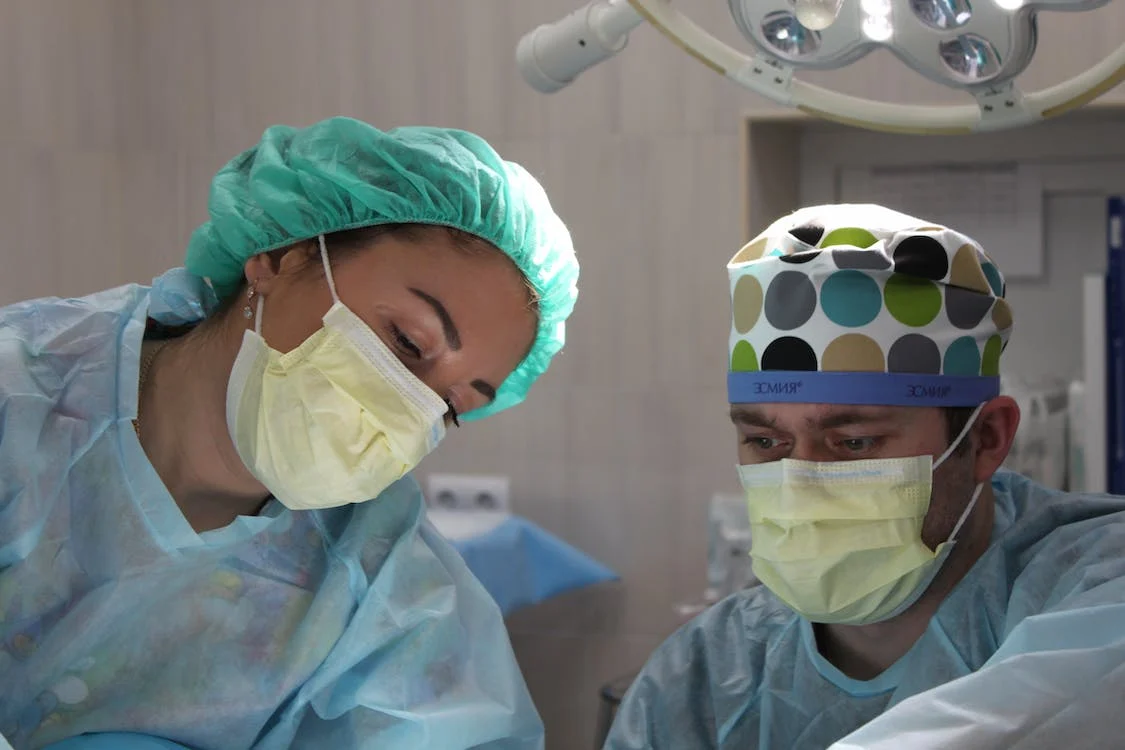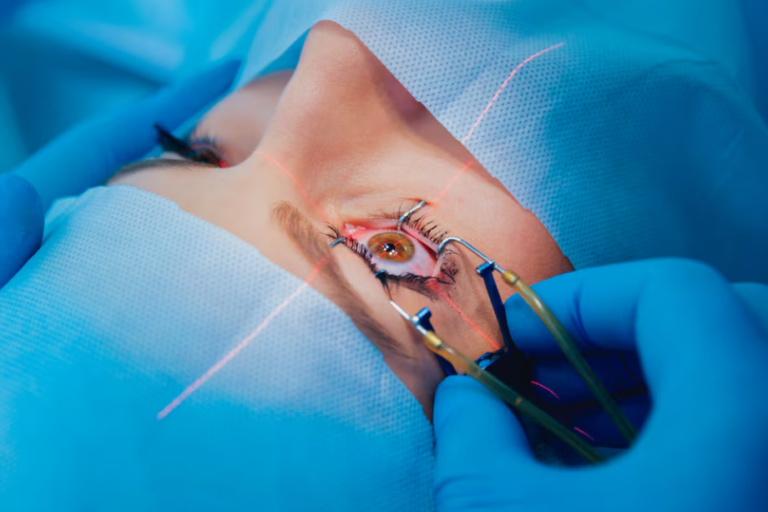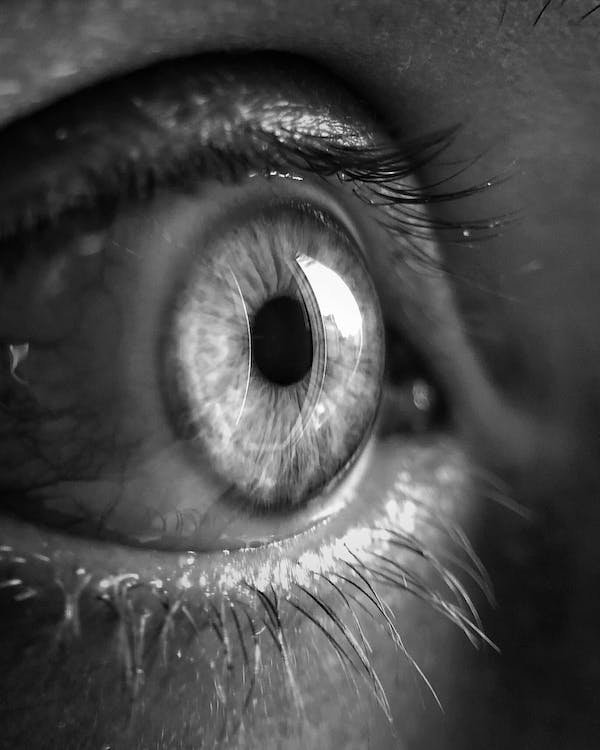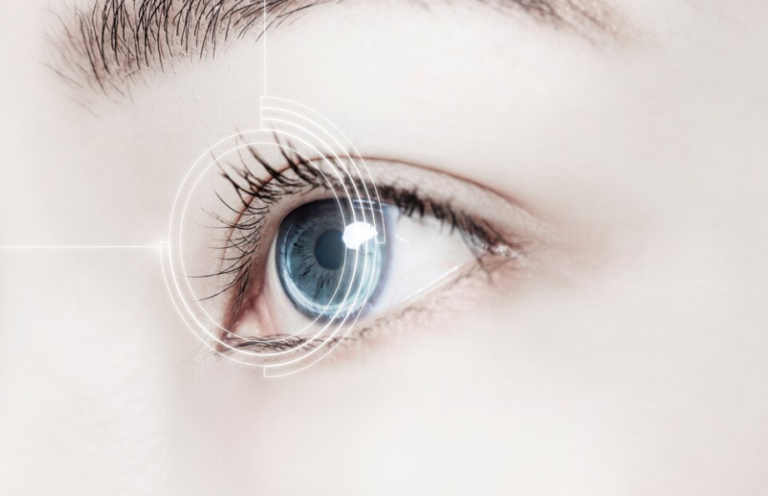A Beginner’s Guide to Laser Cataract Surgery
Laser cataract surgery is a common procedure used to treat cataracts, a condition where the lens of the eye becomes cloudy, affecting vision. Here’s an overview of the process:
- Incision: A femtosecond laser creates a small incision in the eye. This laser, guided by Optical Coherence Tomography (OCT), ensures precision and accuracy.
- Phacoemulsification: High-speed ultrasound vibrations break up the cloudy lens (cataract) into tiny pieces. These fragments are then gently suctioned out of the eye.
- Capsulotomy: The natural capsule that holds the lens in place is carefully preserved. This is important as it supports the new artificial lens that will be inserted.
- Replacement: A new, clear artificial lens is inserted into the eye, replacing the cloudy natural lens. This new lens helps to restore clear vision.
Advantages of Opting Laser Cataract Surgery
As mentioned above, there are two primary types of laser cataract surgery: femto-laser cataract surgery and femtosecond laser cataract surgery. For someone with minimal knowledge about the medical, more precisely, ophthalmological field, it can take time to grasp the difference between both.
Therefore, we have mentioned the definitions and benefits of both types of surgeries below:
1. Femto laser Cataract Surgery
Femto laser cataract surgery is the latest and most advanced method for removing cataracts. It replaces traditional steps of cataract surgery, like using a blade, with a laser for a smoother removal process. Here are its benefits:
- Gentle breakdown of the lens: The laser gently breaks down the cataract, making removal easier.
- Astigmatism correction: It can correct astigmatism, improving vision quality.
- Safer capsulotomy: The laser ensures safer removal of the lens capsule, reducing risks during surgery.
- Precise incisions: Laser technology allows for precise incisions, leading to better outcomes and faster recovery.
2. Femto Second Laser Cataract Surgery
Femtosecond laser cataract surgery is a cutting-edge method for removing cataracts, gaining popularity for its precision and safety. Here are its benefits:
- Needle and blade-free: The surgery is performed without traditional needles or blades, enhancing comfort for the patient.
- Heightened safety levels: Laser technology increases safety during the procedure.
- Accelerated efficiency and effectiveness: The surgery offers quicker and more effective results than traditional methods.
- Optimized visual results: Patients can expect clearer vision and improved outcomes after surgery.
Patient Comfort and Recovery by Fetmo Second Laser Cartract Surgery
Ensuring the patient’s comfort and well-being is paramount during femtosecond laser cataract surgery. Before the procedure commences, the patient is carefully made comfortable, and their vital signs are diligently monitored to maintain stability throughout the surgery.
Anesthesia is administered to guarantee a pain-free experience for the patient, facilitating a smooth surgical process that typically spans 20 to 30 minutes.
After the surgery, patients generally experience minimal discomfort due to the advanced techniques utilized. They are provided with post-operative care instructions to aid in their recovery journey:
- Recovery Expectations: Patients are informed that while clear vision may begin to return within a few days, complete recovery can take several weeks. This understanding helps manage expectations and encourages patience throughout the healing process.
- Eye Protection: Patients are advised to wear sunglasses indoors and outdoors, particularly in bright light conditions. This precautionary measure aims to shield the eyes from irritation or sensitivity as they heal.
- Avoidance of Irritants: Patients are instructed to refrain from exposing their eyes to water or chemicals, which could disrupt the healing process or cause discomfort. This proactive approach helps minimize the risk of complications and ensures optimal healing.
- Follow-up Appointment: To monitor progress and address any concerns, patients are scheduled for a follow-up appointment approximately one week after the surgery. The healthcare provider evaluates the patient’s healing progress during this assessment and guides the ongoing recovery process.
Conclusion
Experience cutting-edge eye treatments at Dhir Hospital. We provide advanced procedures like PDEK, oculoplasty, glued IOL, and laser cataract surgery. Our skilled team of doctors has ensured personalized care and top-notch services for 33 years. Book an appointment for stress-free eye surgery and crystal-clear vision. Visit our website for more information.
